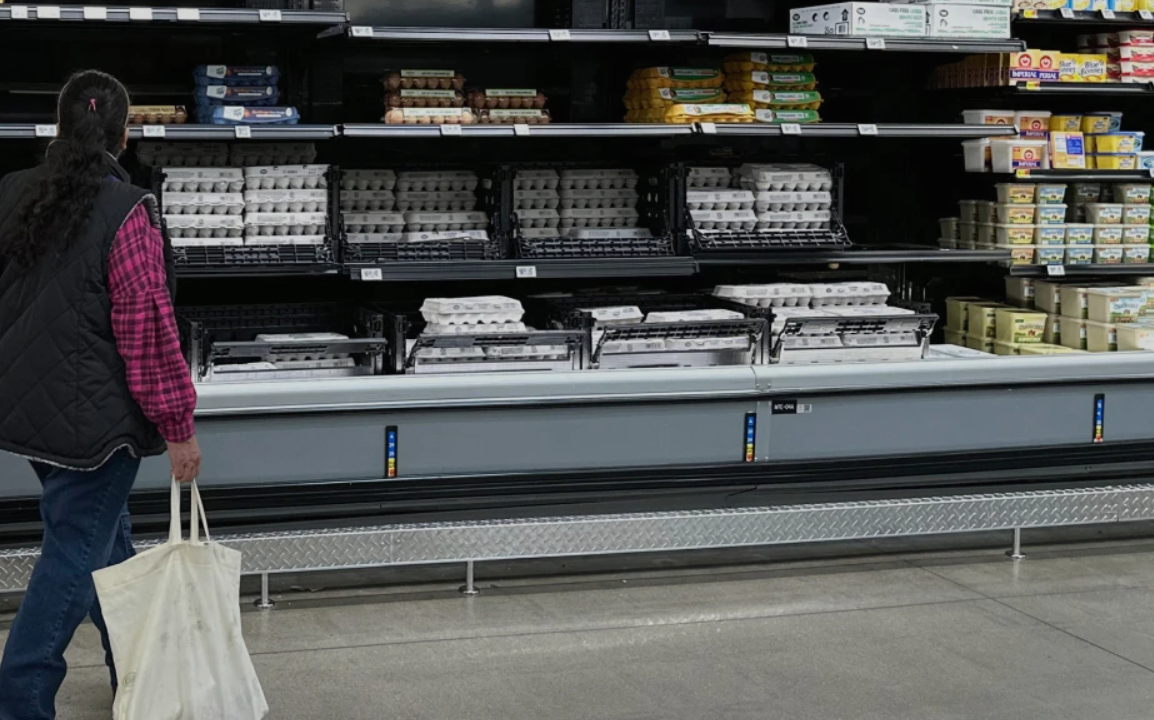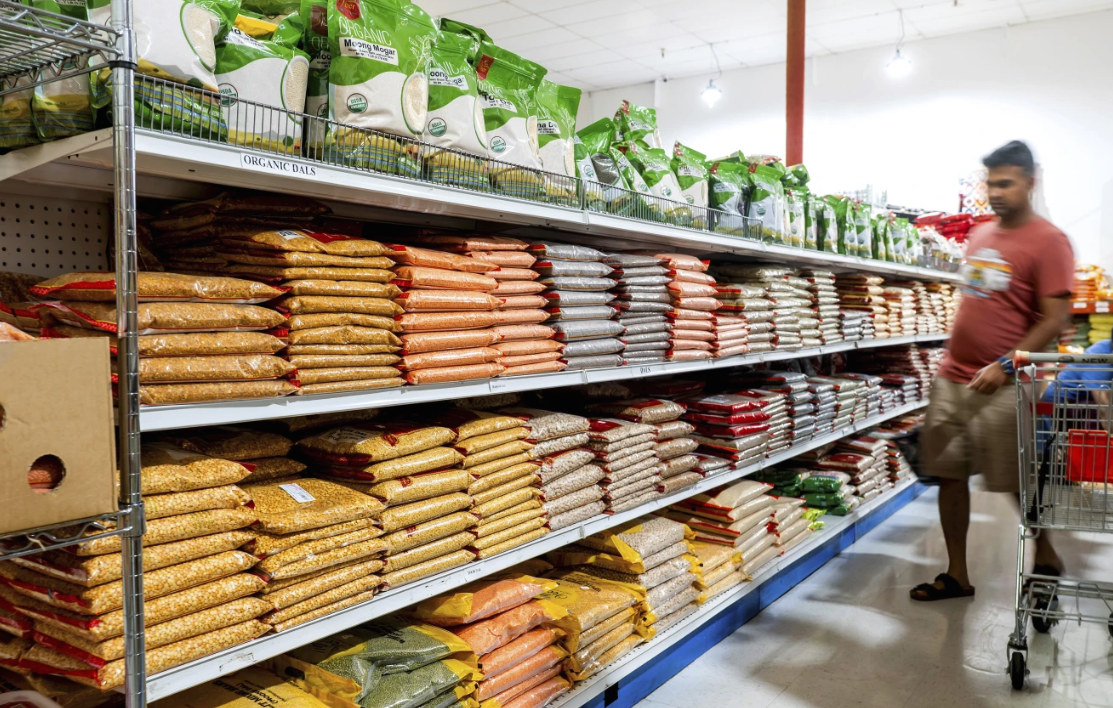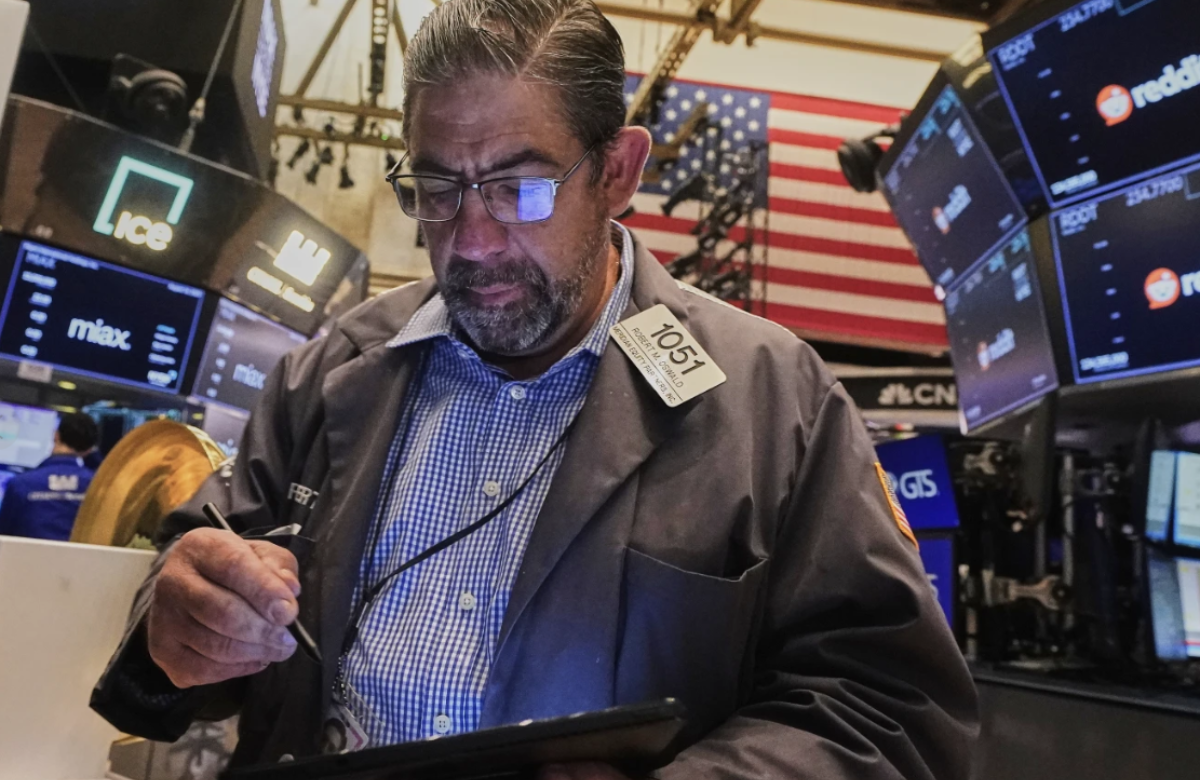U.S. wholesale prices showed a modest increase last month compared to a year ago, indicating that inflation pressures remain relatively mild. The Labor Department reported that its producer price index, which tracks inflation before it reaches consumers, rose 2.6% in May 2024. From April to May, producer prices increased by 0.1% following a 0.2% decline the previous month.
When excluding the often-volatile food and energy sectors, wholesale prices were up 0.1% from April and 3% higher than in May 2023. These numbers were slightly below economists’ expectations.
Wholesale energy prices remained flat overall, although gasoline prices climbed 1.6% after a drop the month before. Food prices at the wholesale level nudged up 0.1% after a 0.9% decline in April. Egg prices, which have been volatile due to bird flu outbreaks, rose 1.4% after a sharp 39.3% drop in April, and are now 125% higher than a year ago.
This report followed a separate Labor Department release showing consumer prices increased only 0.1% in May from April and were 2.4% higher compared to the previous year.
Since returning to office, President Trump has imposed 10% tariffs on goods from nearly every country, along with specific tariffs on steel, aluminum, and automobiles. These taxes on imports typically lead to higher prices for U.S. consumers, prompting economists to predict inflation could rise later this year.
So far, the tariffs haven’t significantly impacted overall prices. Stephen Brown of Capital Economics pointed out that wholesale prices often serve as an early indicator of future consumer inflation trends. Economists also monitor wholesale prices closely because some components—such as health care and financial services—feed into the Federal Reserve’s preferred inflation measure, the personal consumption expenditures (PCE) index.
Inflation surged unexpectedly in 2021 as the economy rebounded strongly from COVID-19 shutdowns, leading the Federal Reserve to raise interest rates 11 times through 2022 and 2023. Higher borrowing costs helped reduce inflation from its 2022 peaks, and the Fed even cut rates three times last year as inflation eased.
However, this year the Fed has taken a cautious approach, waiting to see how President Trump’s trade policies might affect inflation. The central bank is expected to keep interest rates steady at its upcoming meeting next week.
Carl Weinberg, chief economist at High Frequency Economics, commented that the latest inflation data offers no reason for the Fed to consider raising rates right now. In fact, without the tariff increases on the horizon, the Fed might even consider cutting rates.














